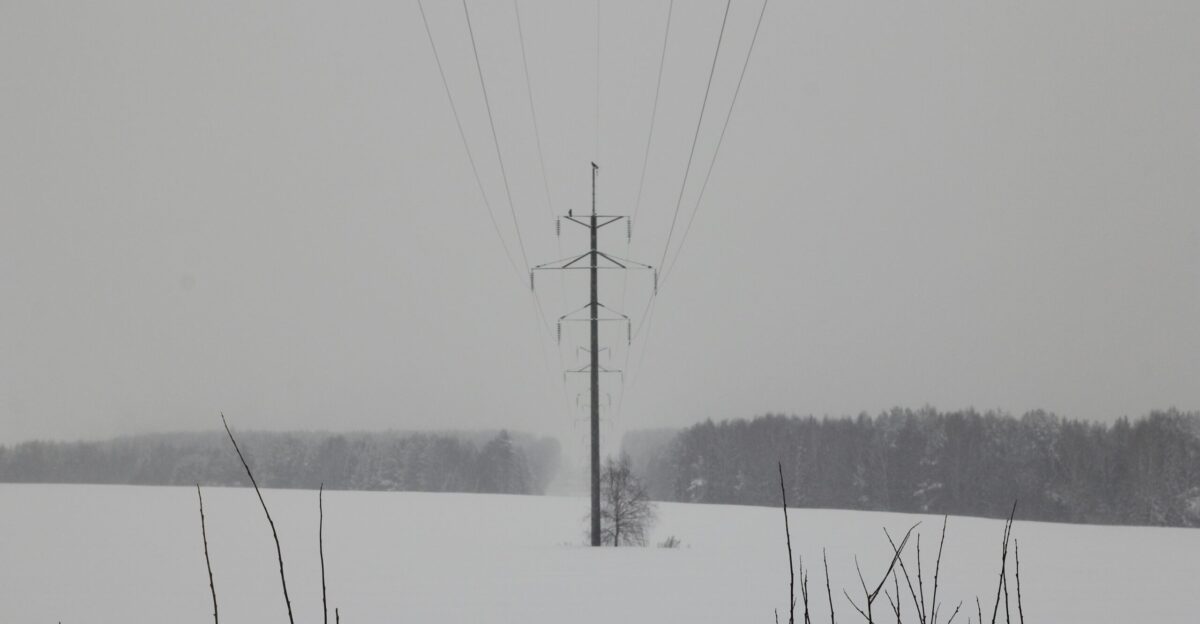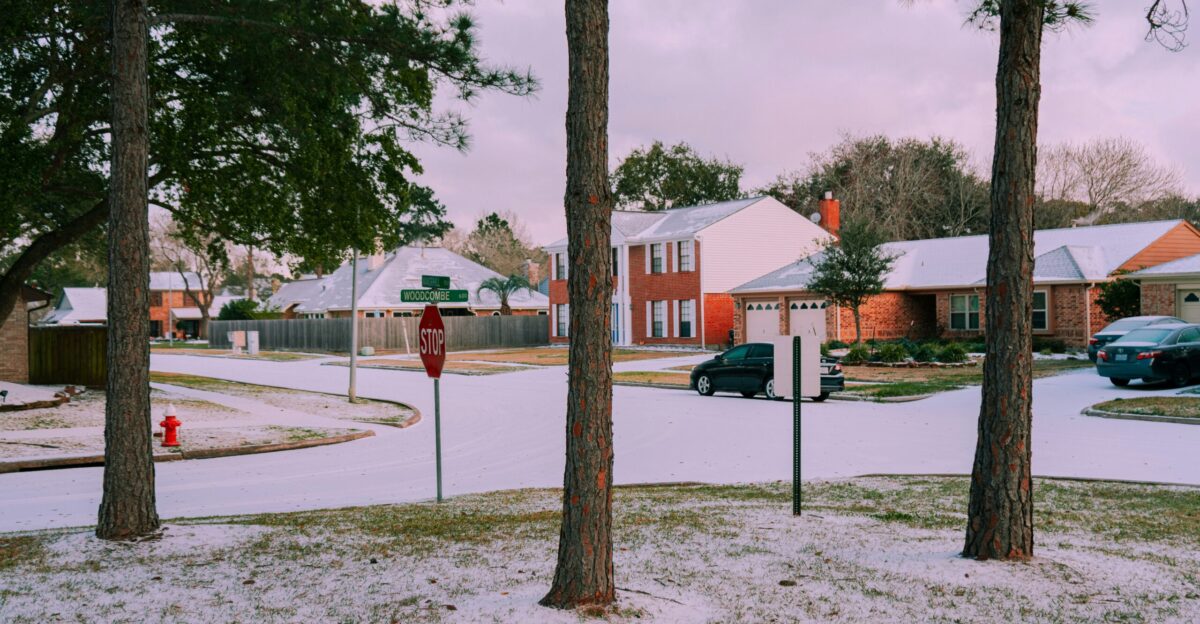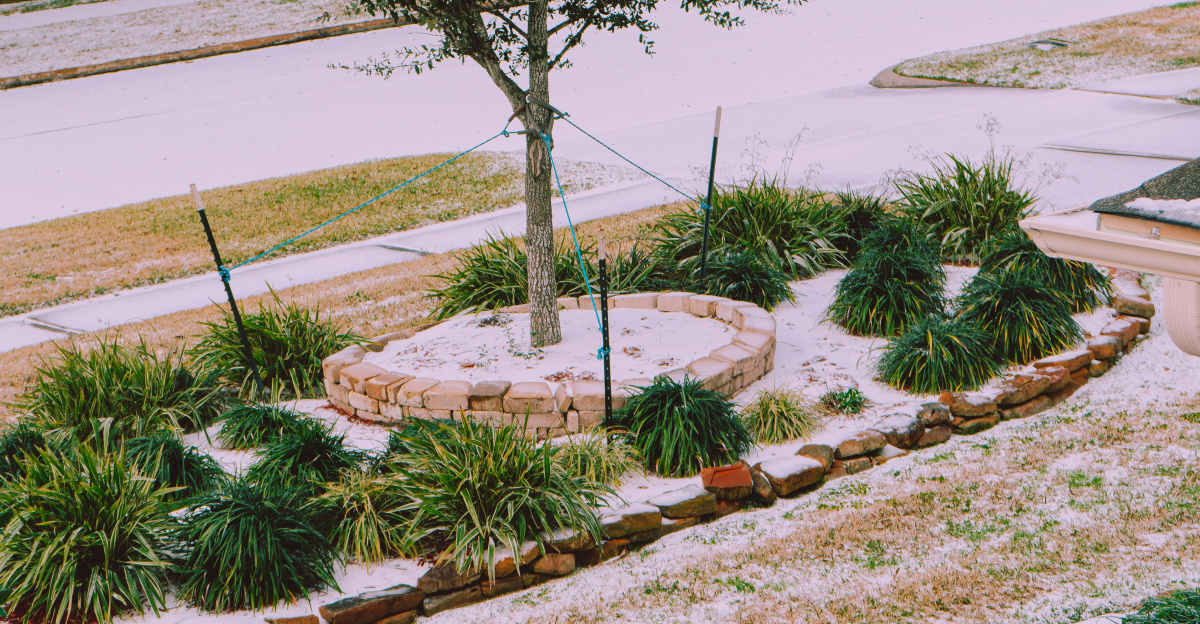
The coming cold front won’t just affect local infrastructure—travel will be severely disrupted. With snow, ice, and bitterly cold winds forecast for late November through early December, flights and roadways across much of the nation may experience delays or cancellations. Roadways are at risk of becoming impassable, especially along major corridors. Drivers must be prepared for dangerous conditions.
Winter storms could trap travelers, disrupt supply chains, and create chaos in both air and land travel. Major cities along the I-95 corridor and throughout the Southeast are expected to see cold impacts, and holiday travel plans could be affected by the persistent cold outbreak.
The November 2025 polar vortex disruption is projected to achieve a major sudden stratospheric warming (SSW) event—one of the most significant SSW classifications used by meteorologists. With stratospheric wind reversals forecast and temperature anomalies of 30-50°C expected in the polar stratosphere, this event ranks among the most intense polar vortex collapses ever documented in November, surpassing the magnitude of the comparable 1958, 1968, and 2000 November events in terms of atmospheric disruption intensity.
Most Extreme Early Season Events

This polar vortex disruption is among the most extreme early-season events in recorded history, unprecedented in its timing—occurring in late November rather than January or February. Only three other November sudden stratospheric warming events have been documented in the past 70 years (1958, 1968, 2000), making this 2025 disruption one of the most exceptional polar vortex collapses ever recorded at this time of year.
Unlike polar vortex disruptions in mid-winter (2014, 2019), this event’s historical significance stems from its unprecedented early-season timing.
In terms of November Arctic outbreaks specifically, the November 2025 cold wave has already shattered records nationwide, producing the earliest and coldest start to winter in Southeast Florida since 1950 and breaking records not seen since the 1920s in many Southern cities. This represents an extreme and historic November event—one of the most severe Arctic disruptions ever recorded for this month.
Strain on Power Grids

As the temperature plunges in affected regions, demand for electricity will increase significantly. Utilities are preparing contingency plans for potential strain on the power grid, particularly during peak heating hours. While widespread outages are not forecast for this event, utilities remain vigilant given lessons learned from past severe winter events.
Utility companies are monitoring the situation closely as forecasts develop. Power grid operators are coordinating to ensure infrastructure resilience during the extended cold outbreak.
Farmers at Breaking Point

Farmers across the nation, particularly in Florida, are struggling as weather patterns intensify. In Florida, the citrus industry faces particular vulnerability to freeze damage, with citrus plants unable to survive extended periods below 28°F. Farmers are recovering from damage caused by previous hurricanes and disease, making them especially vulnerable to additional cold snaps. The ongoing cold outbreak adds to their growing list of challenges.
Many hope that with the right support, they can minimize losses and start the recovery process. However, the long-term effects on the industry will depend on how well they can withstand this latest cold snap, and whether future conditions will allow for a full recovery.
Agricultural Shifts and Historical Context

The disruptions caused by successive cold outbreaks have reshaped the agricultural landscape over decades. In the 1980s, freezing temperatures forced many small citrus growers to leave the industry, pushing consolidation among larger companies. A similar trend has been occurring in recent years, with many farmers turning to different crops or abandoning their land altogether.
The long-term impact on land use and ownership patterns is already apparent. This ongoing shift in agriculture could have lasting effects on the economy and the way agricultural practices are carried out across the South.
Recovery Efforts and Preparedness

Communities and local governments are preparing for the effects of this cold outbreak. Emergency management agencies are coordinating contingency plans, and resources are being mobilized to assist vulnerable populations. Utility crews are reinforcing infrastructure where needed, and local governments are updating their severe weather preparedness protocols.
The situation demands swift action. People are working together to handle this challenge. Local, state, and federal agencies are coordinating to ensure preparedness for affected communities during this extended cold outbreak period.
The Polar Vortex Mechanism

The polar vortex, a massive system of cold air, typically stays confined to the Arctic region. But when disrupted, it spills frigid air into lower latitudes. This year, meteorologists have confirmed an unprecedented early-season polar vortex disruption—among the earliest and most significant in terms of timing ever recorded. The first signs of this cold rush are already sweeping across the northern U.S., with temperatures expected to drop rapidly.
Experts warn that this cold outbreak will be different from previous events, with sustained temperatures well below normal. This polar vortex disruption is set to have a lasting impact, leaving large swaths of the country exposed to cold air and extreme weather patterns for weeks to come.
Historical Arctic Blasts and Comparisons

It’s not the first time the polar vortex has sent cold air spiraling south, but this event is particularly early. In 1985, a major Arctic blast devastated Florida’s citrus industry, leading to significant losses. The current event draws comparisons to that historic freeze in terms of early-season timing and geographic reach, though experts caution that the 2025 event’s distinction lies in its unprecedented November occurrence rather than severity equivalent to past mid-winter events.
The next few days will reveal whether this event creates measurable impacts. While experts continue to monitor the situation, the scale and timing of the cold outbreak suggest that it represents a meteorologically significant early-season disruption, distinct from previous polar vortex events that typically occur in January or February.
Waves of Arctic Air

Expect more than just a one-time freeze. Meteorologists predict multiple waves of Arctic air throughout the winter, with temperatures well below normal in several states. While December will feel the brunt of it, these cold waves could stretch well into January. Each wave of freezing temperatures will add to the long-term strain on infrastructure and daily life, forcing residents to prepare for repeated, intense cold spells.
The cold fronts will come in waves, offering brief reprieves of milder weather before the next surge hits. This pattern is expected to last for weeks, keeping many areas in a state of constant chill. Emergency services are bracing for an extended period of disruption, with resources stretched thin across the affected regions.
The Midwest Struggles

The Midwest is in for the worst of this Arctic surge. Wind chills could plunge to a bone-chilling minus 30°F or lower. Subzero temperatures threaten to disrupt daily life, close schools, and place significant pressure on local power grids. Meteorologists urge residents to stay indoors and check on vulnerable neighbors.
This cold wave promises to last for days, possibly forcing people into extreme conditions. The wind chill alone can make it dangerous to step outside for more than a few minutes, and authorities are advising residents to be prepared for prolonged cold conditions.
Southern Strain

Even the Deep South will experience significant temperature drops. Infrastructure, already vulnerable in areas unaccustomed to freezing temperatures, is under potential stress. Texas and Louisiana officials warn of possible power delivery challenges, recalling the impacts from past winter storms. With temperatures dropping, the risk of burst pipes, frozen infrastructure, and localized power shortages rises in vulnerable areas.
The cold is expected to impact large metropolitan areas, with potential cascading effects on daily life, businesses, and transportation. Communities are gearing up for the extended cold period, knowing how severe these weather events can become.
Meteorological Context

The polar vortex disruption is forecast to affect a broad geographic area spanning from the Northern Plains through the Midwest, Great Lakes, Northeast, and Southeast regions. Preliminary forecasts indicate this extended cold outbreak could impact approximately 35-40 states across the nation, with the most severe conditions affecting the northern and central tiers, while Deep South regions experience measurable cold anomalies for late November and early December.
Meteorologists widely agree that an unusual early-season stratospheric warming event will drive this cold outbreak. This sudden stratospheric warming (SSW) is a rare occurrence in November. Records from the past 70 years show only three November SSWs on record—occurring in 1958, 1968, and 2000—making this 2025 event among the rarest documented, and distinctive in terms of early-season onset. When SSW events occur this early, they can trigger significant cold-air outbreaks associated with the polar vortex, particularly because of the unseasonable timing and the vortex’s unusual disruption in November.
The complexity of weather forecasting is evident in real-time modeling, with scientists monitoring evolving atmospheric conditions. With the cold outbreak forecast to impact the nation in the coming weeks, meteorologists are tracking shifting patterns, knowing that monitoring and verification will determine the ultimate impacts of this unusual November weather event.
Looking Ahead

As the nation prepares for an extended cold outbreak through early December, experts are studying the implications. With climate patterns showing increased variability, the frequency of such cold events may be subject to change.
Policymakers and scientists are monitoring this event to inform future preparedness strategies. The outcomes of this forecast period could shape future approaches to winter weather planning, climate adaptation, and policy responses to severe weather events.